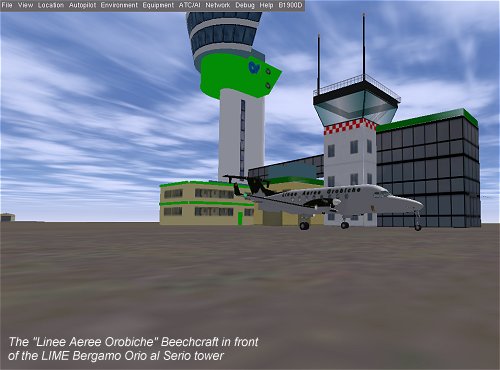

Finally, participants with higher cue utilization, and provided with basic target information, were more likely to locate the target than participants with lower cue utilization. Further, participants with higher cue utilization were more likely to locate the target. The results indicated that the provision of detailed target information was associated with greater rates of target detection.
FLIGHTGEAR HANGARS DRIVER
Seventy-six undergraduate students from an Australian University operated a payload (long range camera) to detect a ‘target’ (a bus driver stranded in the Utah desert) while flying on a pre-programmed flight path. This study examined the relationship between cue utilization and level of target detail during a high-fidelity simulated drone search and rescue task. The use of ‘cues’ during target detection has been shown to improve performance and reduce cognitive demands in many environments. One of the numerous applications for drones involves the search and rescue for specified targets. Remotely piloted vehicles or ‘drones’ have become ubiquitous both privately and commercially. These training techniques could be used in preparation for intelligence, surveillance, and reconnaissance (ISR) missions that involve target search, especially where target appearance change is likely. Training participants on the target and the cue appearance as well as active scanning of the visual field is promising for promoting effective target search for this simulated UAV environment. The task was stressful, but training did not mitigate stress response. Only target training performance was vulnerable to the secondary task load. The visual scanning and cue trainings were moderately effective. Target training produced superior target search performances in more hits and fewer false alarms (FAs) when compared to the control condition. Subjective stress and fatigue were also assessed. A secondary task manipulation was included to further simulate the demands of a realistic UAV control and target search task. After the training, the effectiveness of the training techniques was tested during a 30-minute simulated UAV flight. Participants were assigned to one of four training conditions: target, cue, visual scanning, or control. Visual search training may reduce errors and mitigate stress, but the most effective form of training has not been determined. These tasks may pose substantial demands on the operator due to various environmental factors. Operators controlling remote unmanned vehicles often must perform complex visual search tasks (e.g., target search). The goal for this study was to evaluate several visual search training techniques in an unmanned aerial vehicle (UAV) simulated task environment.


 0 kommentar(er)
0 kommentar(er)
